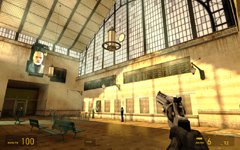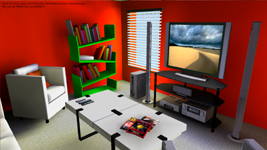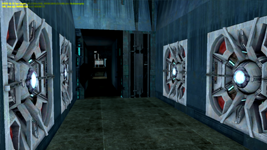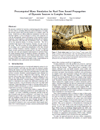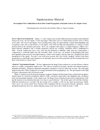Precomputed Wave Simulation for Real-Time Sound Propagation of Dynamic Sources in Complex Scenes
Abstract:
We present a method for real-time sound propagation that captures
all wave effects, including diffraction and reverberation, for multiple
moving sources and a moving listener in a complex, static 3D
scene. It performs an offline numerical simulation over the scene
and then applies a novel technique to extract and compactly encode
the perceptually salient information in the resulting acoustic
responses. Each response is automatically broken into two phases:
early reflections (ER) and late reverberation (LR), via a threshold
on the temporal density of arriving wavefronts. The LR is
simulated and stored in the frequency domain, once per room in
the scene. The ER accounts for more detailed spatial variation,
by recording a set of peak delays/amplitudes in the time domain
and a residual frequency response sampled in octave frequency
bands, at each source/receiver point pair in a 5D grid. An efficient
run-time uses this precomputed representation to perform binaural
sound rendering based on frequency-domain convolution. Our
system demonstrates realistic, wave-based acoustic effects in real
time, including diffraction low-passing behind obstructions, sound
focusing, hollow reverberation in empty rooms, sound diffusion in
fully-furnished rooms, and realistic late reverberation.
